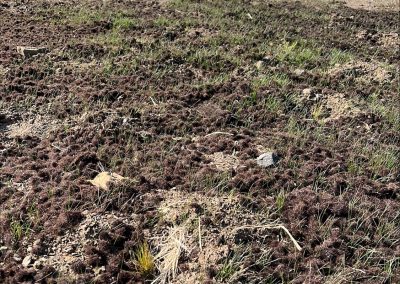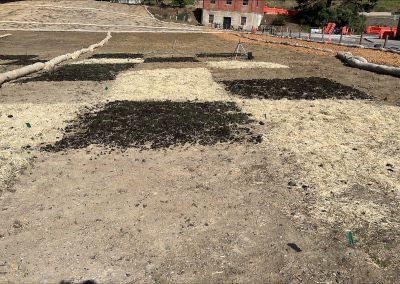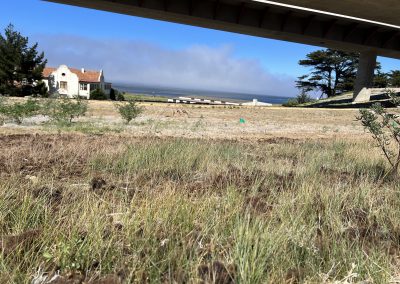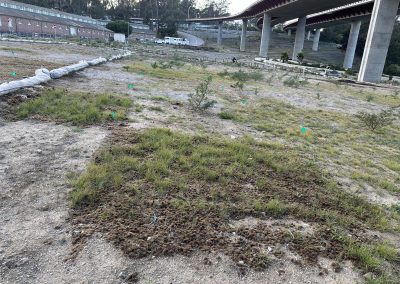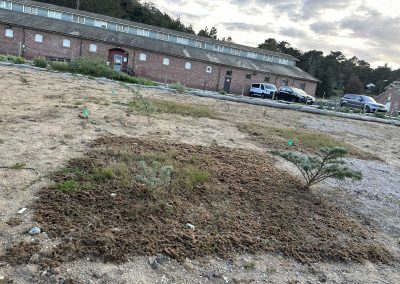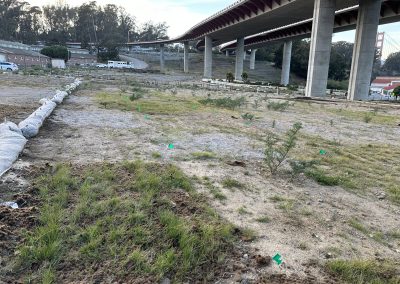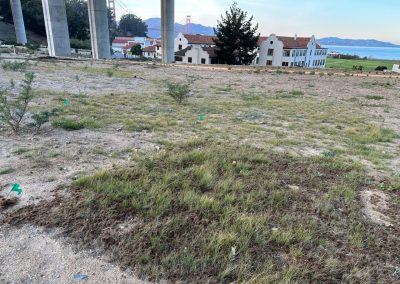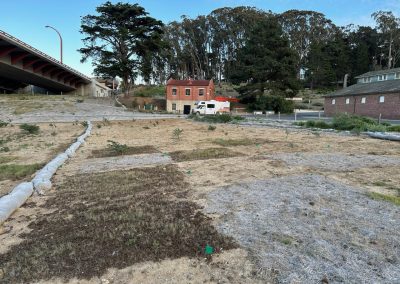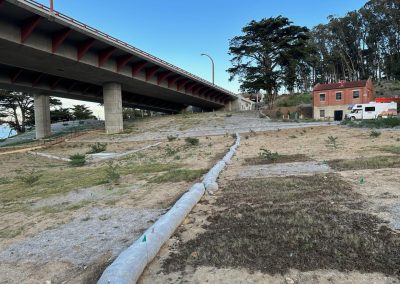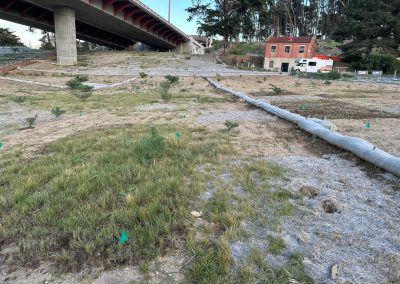Presidio Trust: Hair Mat Trials in Grasslands Restoration
Matter of Trust is proud to be partnered with the Presidio Trust for the Hair Mulch Trials in this Grassland Restoration Project Stuart B. Weiss, Ph.D. Creekside Science Lewis Stringer Presidio Trust October 2021
March 6th 2023 Aerial & Progress Photos
The use of mulching materials for restoration can be important for increasing success of seeding and transplanting, but retaining soil moisture, protecting seeds, and providing additional nutrients. The opportunity to try a new mulch material- hair mats – is exciting for Presidio grassland restoration. A rigorous experiment is necessary for establishing the effectiveness of the new mulching material.
The main goal is test if the hair mat material increases the successful establishment of perennial grasses in the bare soil created by construction activities. Both seeding and transplanting of grasses will be tested. Because perennial grasses take at least two years to truly establish, the second-year monitoring is included in this proposal.
The experimental design intersperses treatment and control plots, with replication. Grasslands are notoriously variable over fine-scales, as soil depth and microtopography vary.
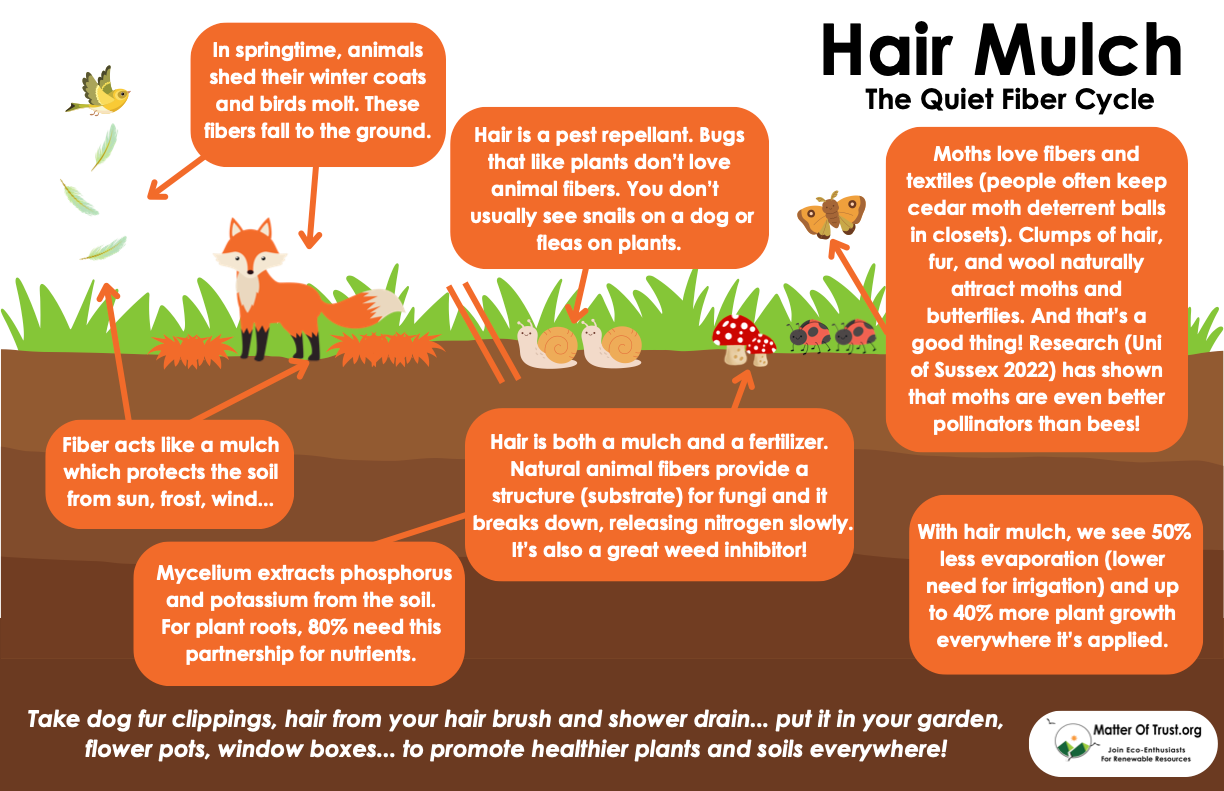
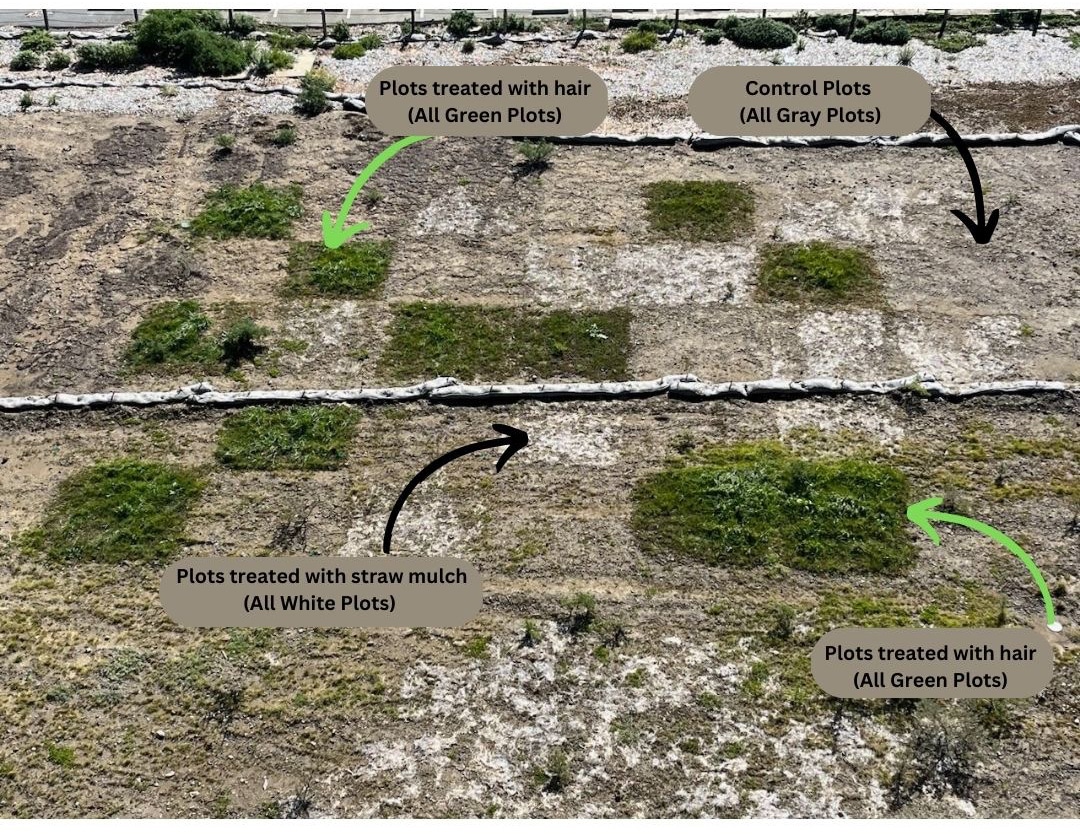
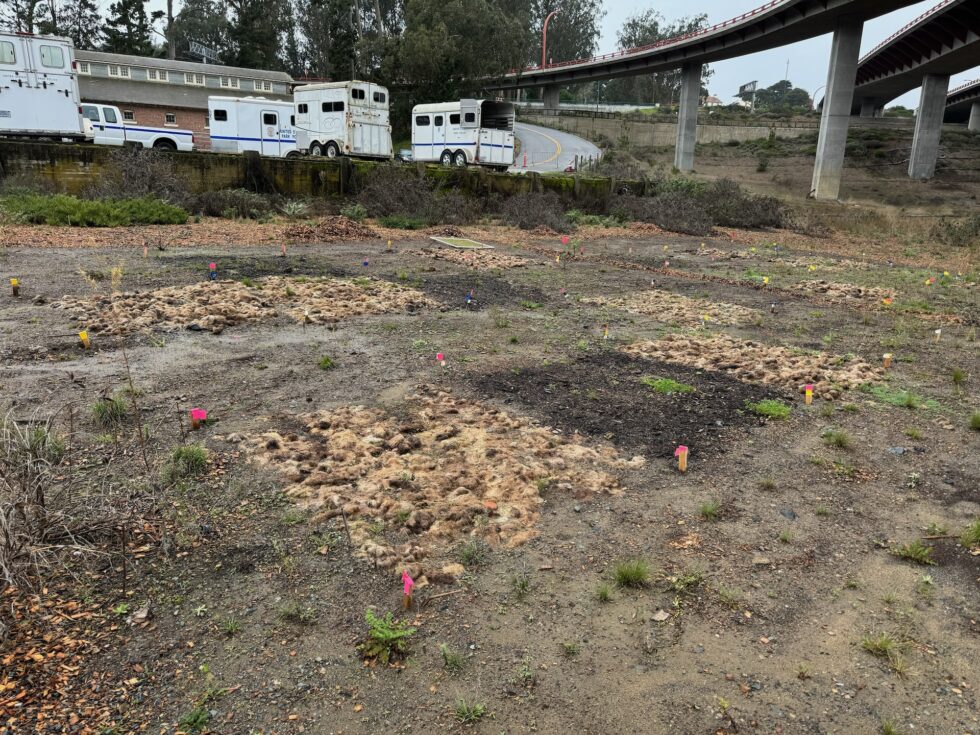
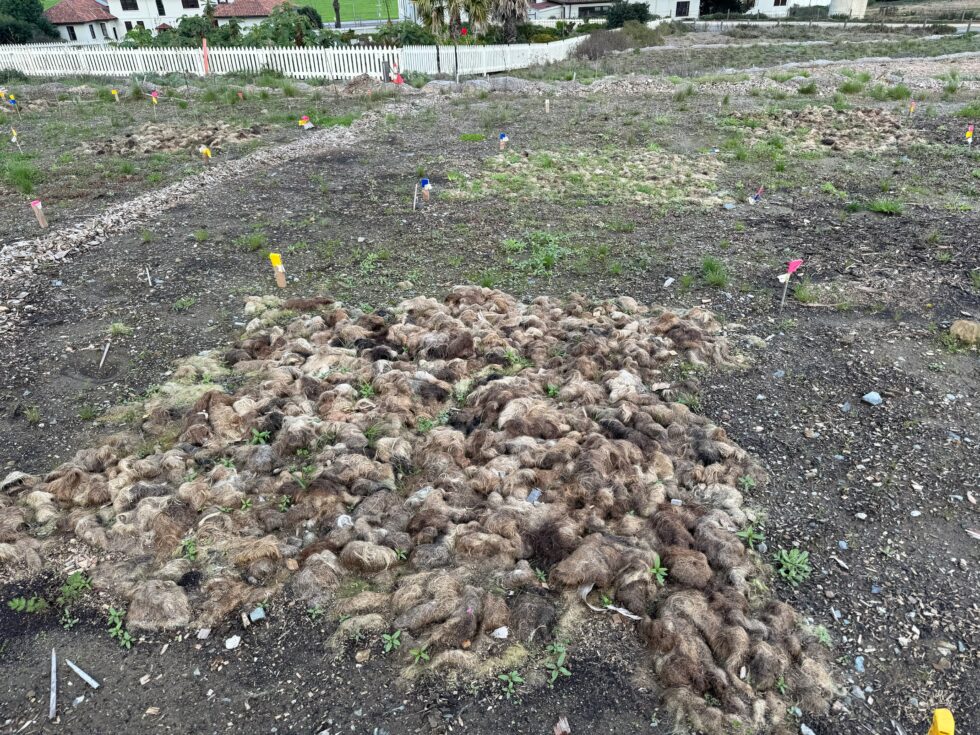
Distributing experimental plots over those micro-gradients without bias is key to distinguish experimental treatment effects from random effects. A checkerboard pattern suffices in this case.
As there is enough hair mat to mulch 1000 ft2 (~93 m2), the following plot layout is proposed. Each plot is 3 x 3 m, which allows for 10 hair mat treatment and 10 control plots. We suggest including a standard straw mulch treatment since that is a common method for seeding. The placement of the array within the restoration area will be representative of most of the site, avoiding local extremes of drainage and other soil characteristics. Keeping the plots concentrated eases construction and monitoring. The actual array of plot treatments will be determined by random assignments.
All plots will be seeded with the same grassland seed mix. Plugs will be planted just outside the border of the center square meter, the number dependent on the availability of plants and standard planting densities. Species mix will be determined by Presidio staff.
The center square meter will be monitored for percent cover of grass seedlings in year 1 (it is extremely difficult to distinguish perennial grass species in the seedling stages), and non-seeded species (i.e., annual grasses and forbs). Cover of grasses by species will be monitored in year 2. The largest dimension axis of transplants will be measured in both the first and second years as a measure of vigor.
Because the hair mats release nitrogen slowly, composite soil samples will be collected from each plot outside of the center square meter, and tested for inorganic ammonium and nitrate immediately after the first wetting rains of the second growing season.
Inorganic nitrogen is very low during the peak growing season in spring and early summer because of rapid plant uptake, and slow decomposition over the summer leads to accumulated N followed by a pulse of nitrogen mobilization when soils are rewetted in the fall.
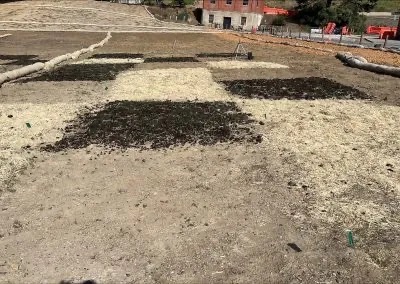
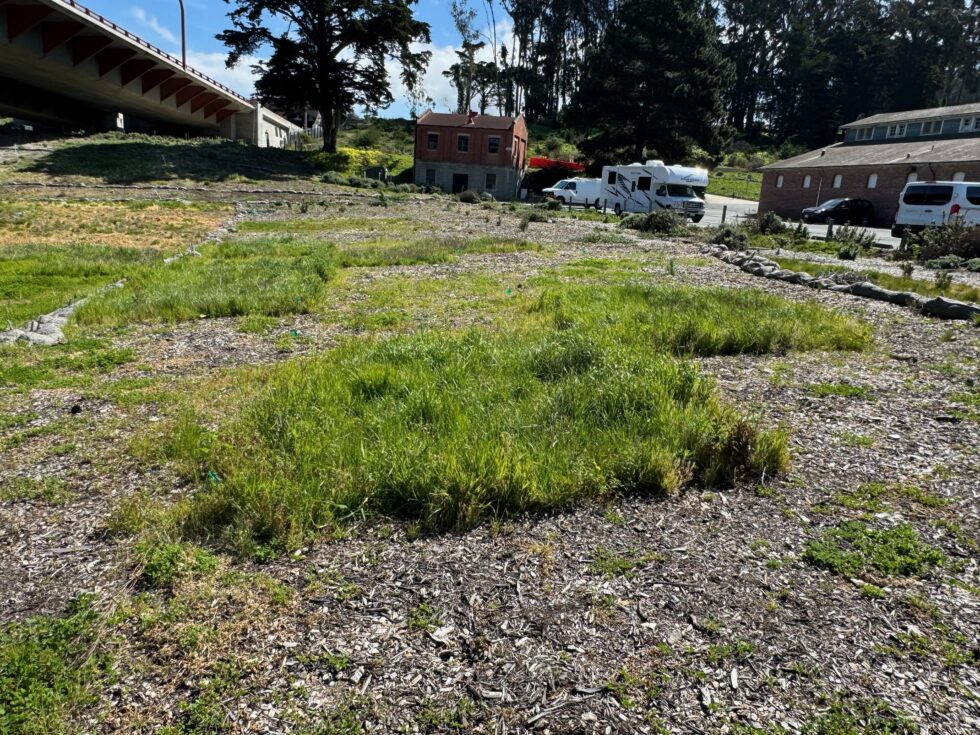
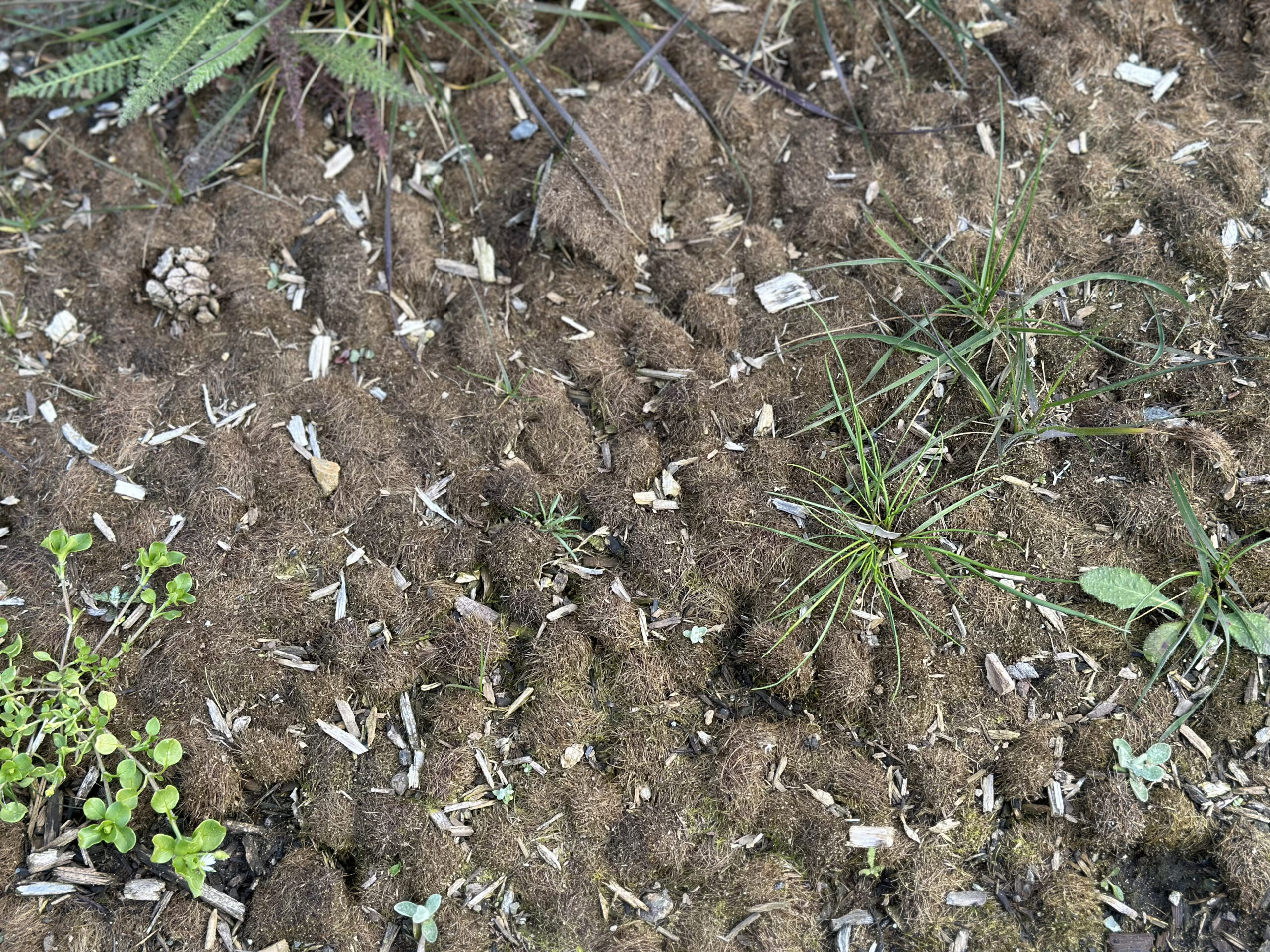
Available N at the beginning of the second growing season is a robust measure of treatment effects.
Statistical analysis
The design is well-suited for analysis of variance (ANOVA) with appropriately transformed response variables, or a Generalized Linear Model (GLM) with an appropriate function. If transformation is not effective, then a non-parametric analysis will be done. A key aspect to analyzing and interpreting restoration experiments is that the effects should be large and obvious and insensitive to the nuances of statistical analysis. If there is a gradient across the plots, then inclusion of X and Y coordinates as covariables will account for it.
October 2021 Comparing straw mulch with hair and control plots. All had the same sun, rain, seeds, time.
March 2024 Before and After – 2.5 years into the study! Wild Barley native remediating grasses thrive with the hair mulch!
All plots had the same seeds, water and time. Hair is clearly an advantage to the soil.
The Presidio is very happy with these results on this hard soil that used to be a military scrap area full of heavy metals and toxic chemicals where nothing grew.
It is no accident that shearing season is also when seeds and pollinators are all active. From humans to pets to rodents to molting birds… we all shed in Spring!
Herds cross the plains stomping with their hooves, leaving dollops in the ground to collect rain and build groundwater reserves, they leave behind manure and urine as fertilizer and fiber.
Wool, pelts, fur, feathers… all fall to the ground providing a slow nitrogen release, hydrophobic and shade inducing substrate for protecting seeds. Also a natural pest repellant. Bugs that like plants don’t like crawling on fur and birds don’t like picking through fur to eat seeds. This gives these plants an extra chance to sprout and grow.
Mother Nature is so wonderful and symbiotic, we keep finding new ways in which her cycles are interconnected! – Lisa Gautier – President, Matter of Trust.
In December 2023… NEW PLOTS
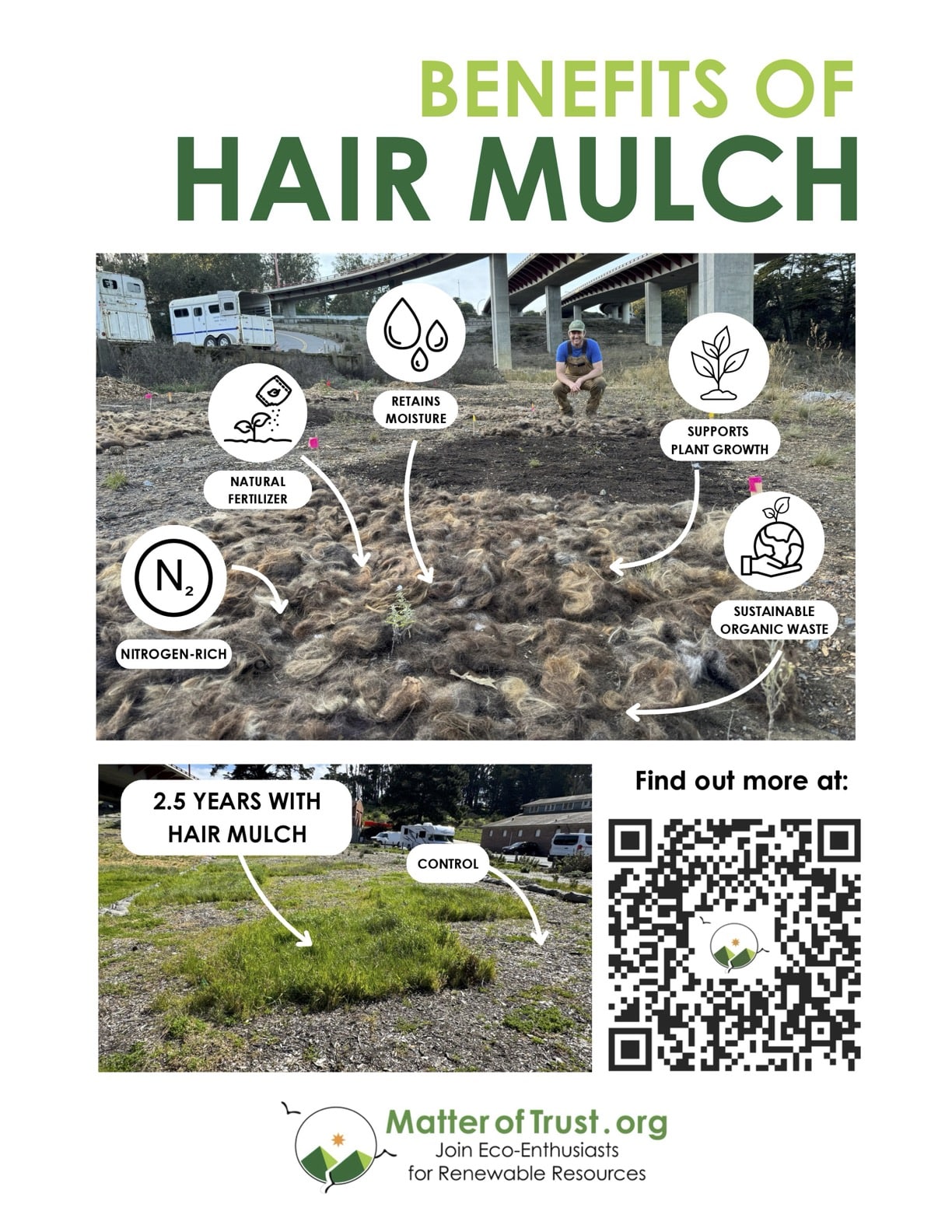
With the Presidio Trust we began researching comparison plots of Hair Mulch, Chemical Fertilizer, Compost and Control plots. Again, everyone was stunned by the soil reaction to the hair mulch! We laid it all out in December of 2023 and San Francisco had terribly windy rainy storms in January and February. Surprisingly, all of the hair mulch was still there throughout. The wind and rain felted it naturally and the microbes in the soil with the fungi / mycelium coating grabbed onto the substrate of the fibers and held tight! This was loose hair from salons and fur from pet groomers that we, at Matter of Trust, had gone through to make sure all was 100% debris free. There were no synthetic extensions, no pins, garbage, food, aluminum foils, cigarettes etc. etc. Then it went onto the ground in handfuls – pure haircuts and groomer clippings. Excellent news for everyone everywhere that this is possible and works so well!

October 2021 Comparing straw mulch with hair and control plots. All had the same sun, rain, seeds, time..
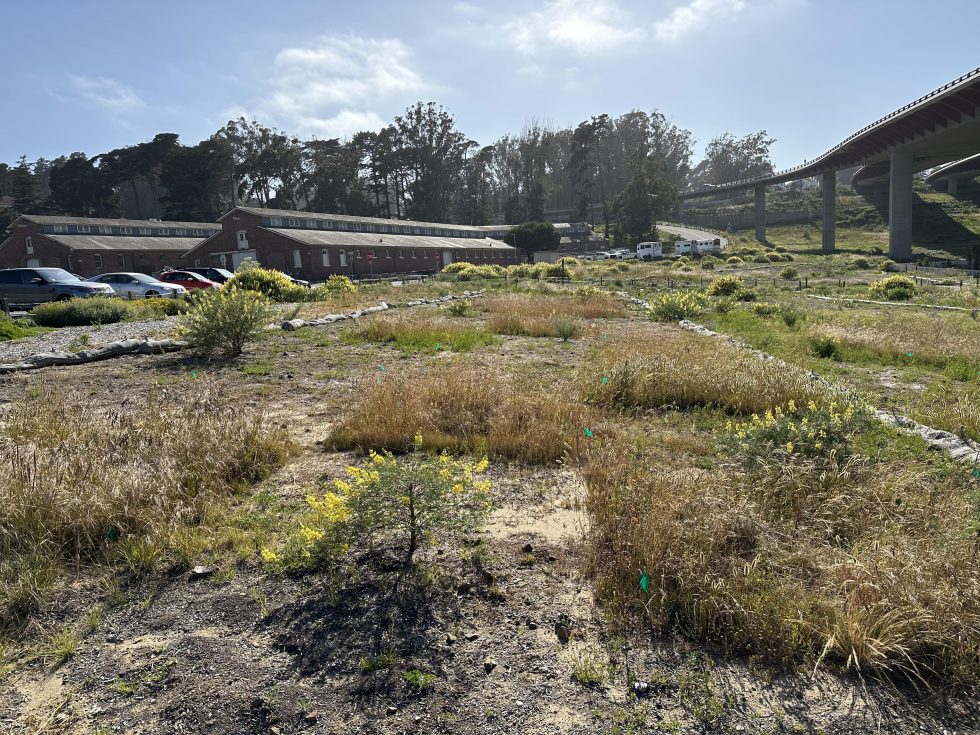
June 2023 dried by the spring summer heatwave – still lots of green in the plots almost 2 years into the study.
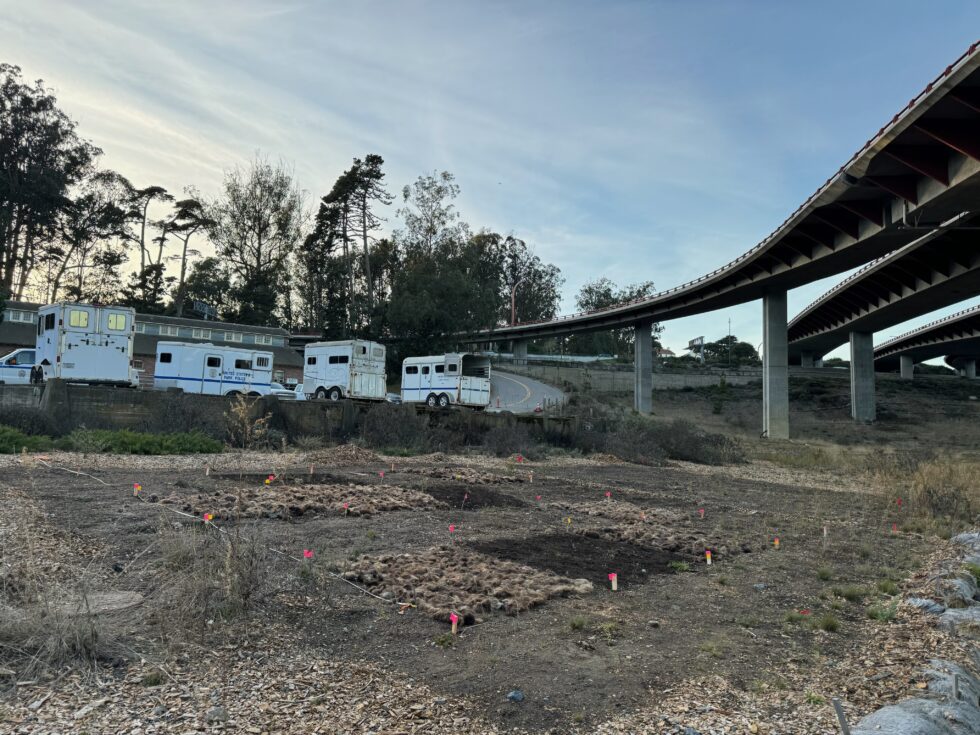
Presidio Trust new research plots comparing hair mulch (5 lbs, 10 lbs, compost, chemical fertilizer, and control plots.
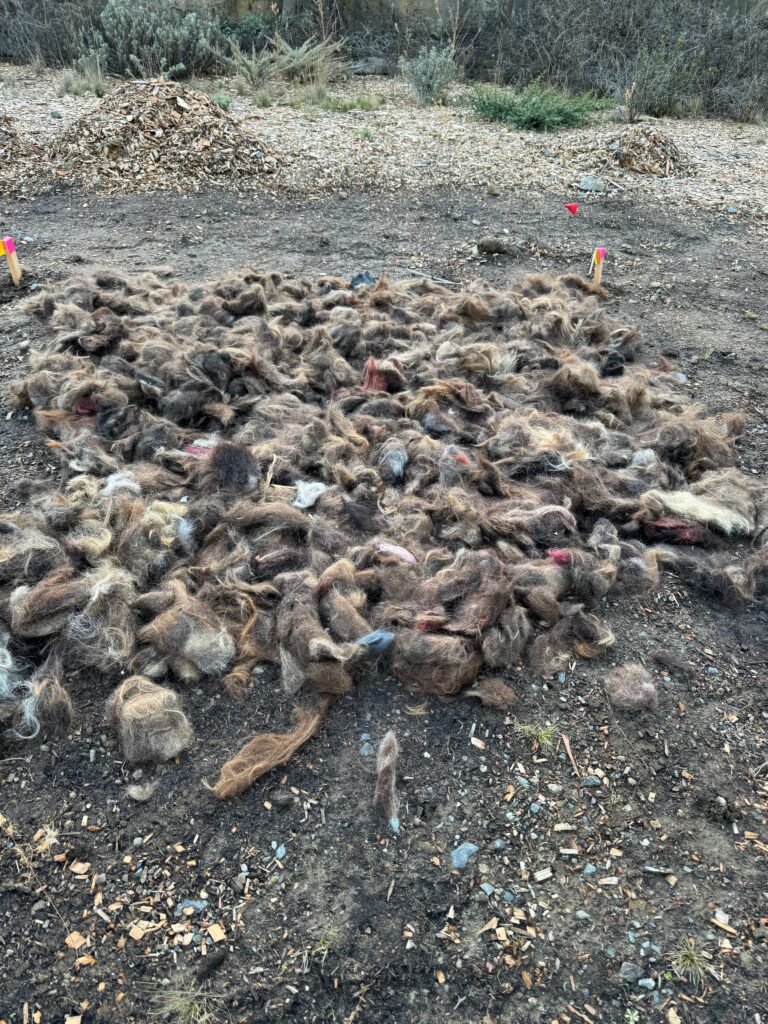
10lbs of hair mulch spread out over 2m x 2m
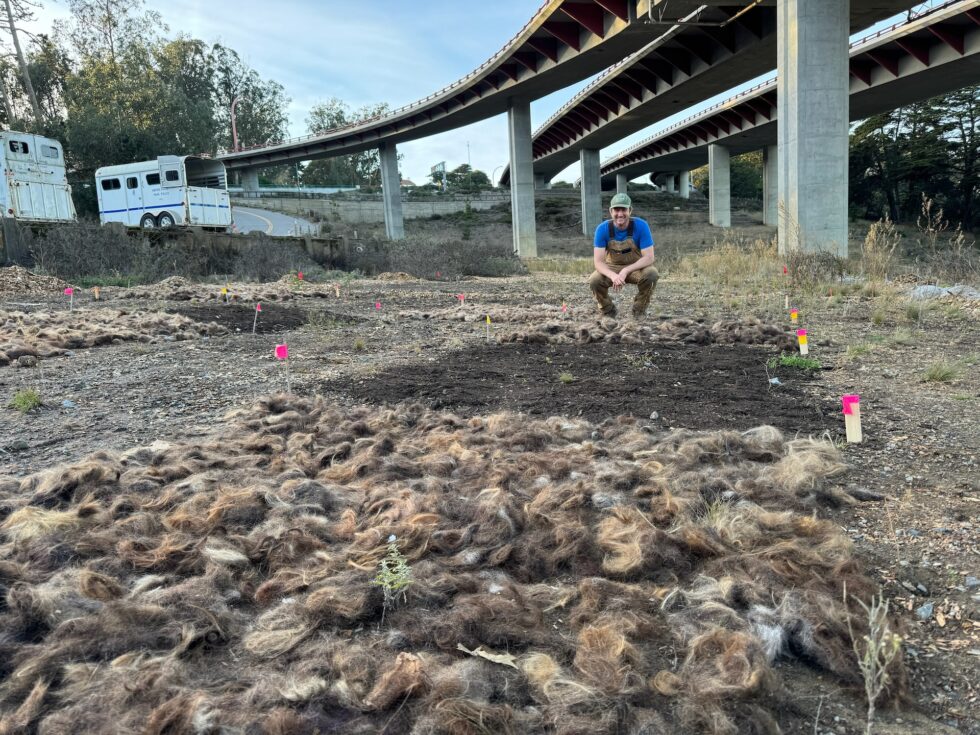
Fluffy plots!

February 8th, 2024:
New Plots already seeing growth after 2 months. 5lbs of hair in 2m x 2m plots showing more growth than 10lbs 2m x 2m plots – as growth needs to poke through the heavy mulch.
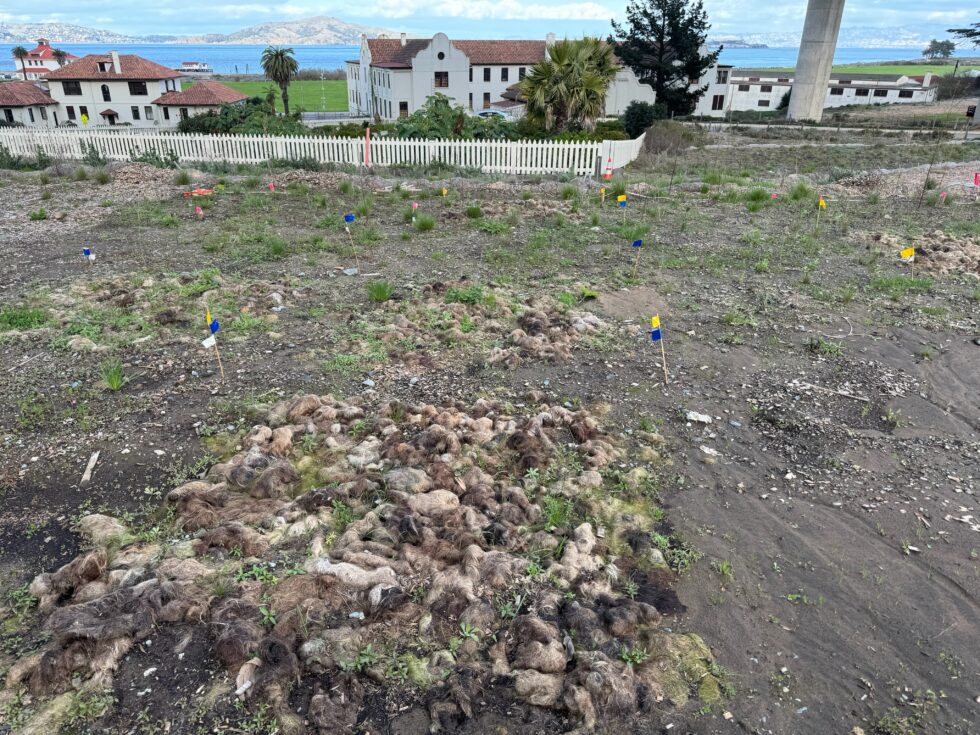
10lbs of hair mulch in 2m x 2m plots
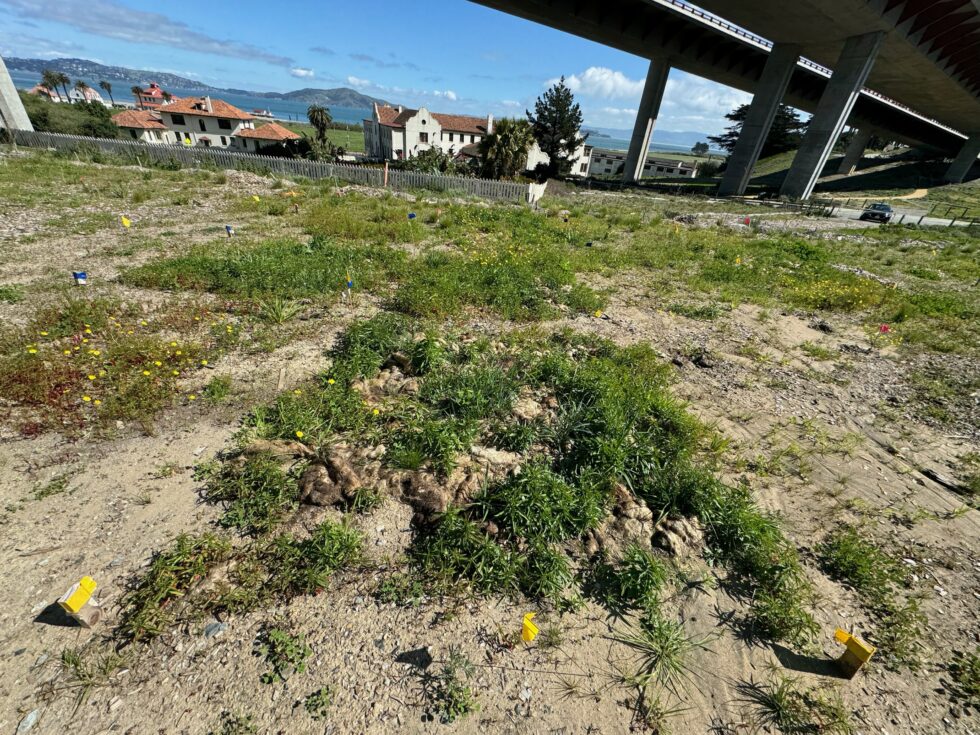
By May 2024 compost and chemical fertilizer plots are showing more growth. the greens are darker in hair mulch plots and of course the hair mulch is very visible to the eye. Chemical fertilizer and control plots are harder to distinguish still. New plots, plot after plot with the hair mulch shows more plant growth than neighboring plots!
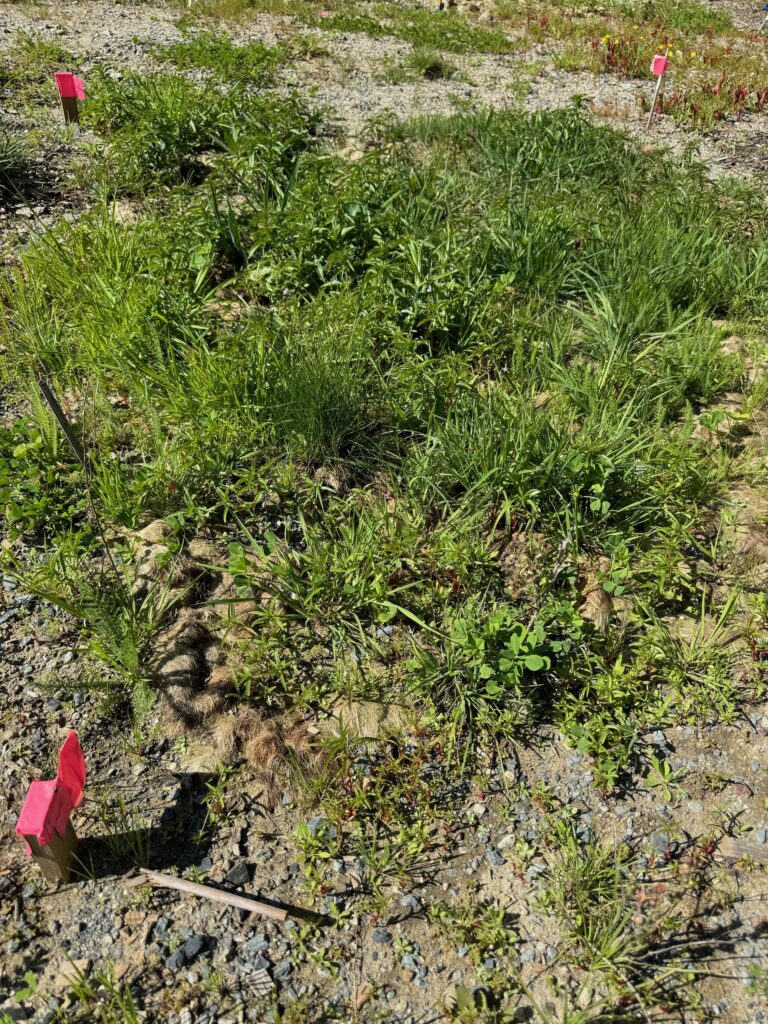
Huge early growth in the 5 lbs plots – easier for the plants to break through faster.
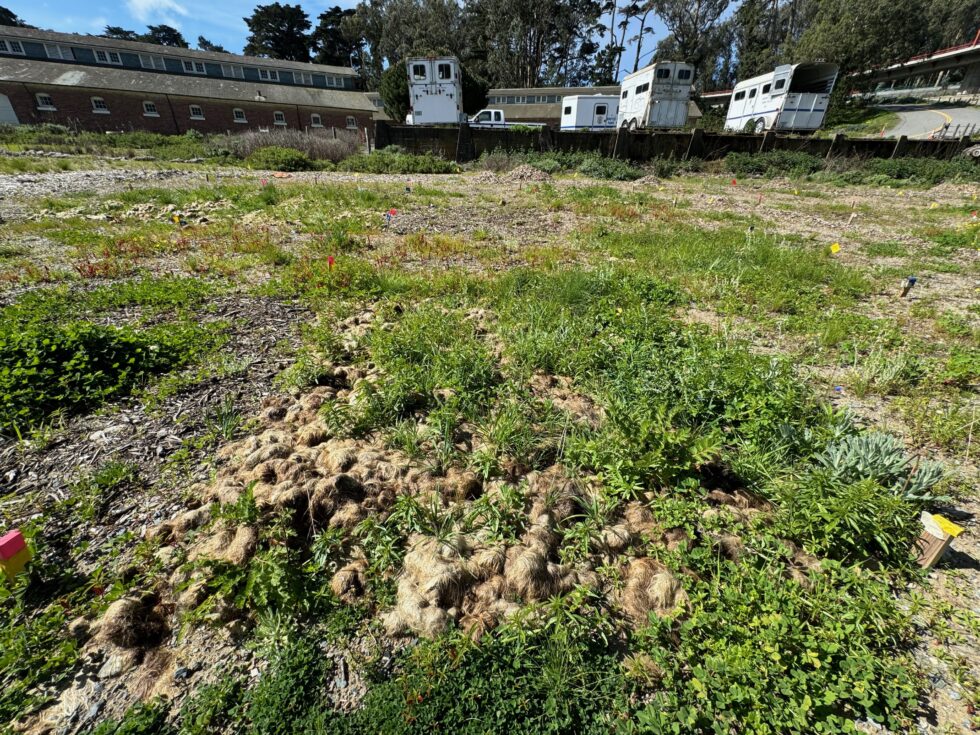
With 10lbs of hair mulch – they are taking longer than the 5lbs of hair mulch per 2m x 2m plots still they are showing a lot of diversity and healthy growth!

Hair mulch plot next to chemical fertilizer plot May 2024
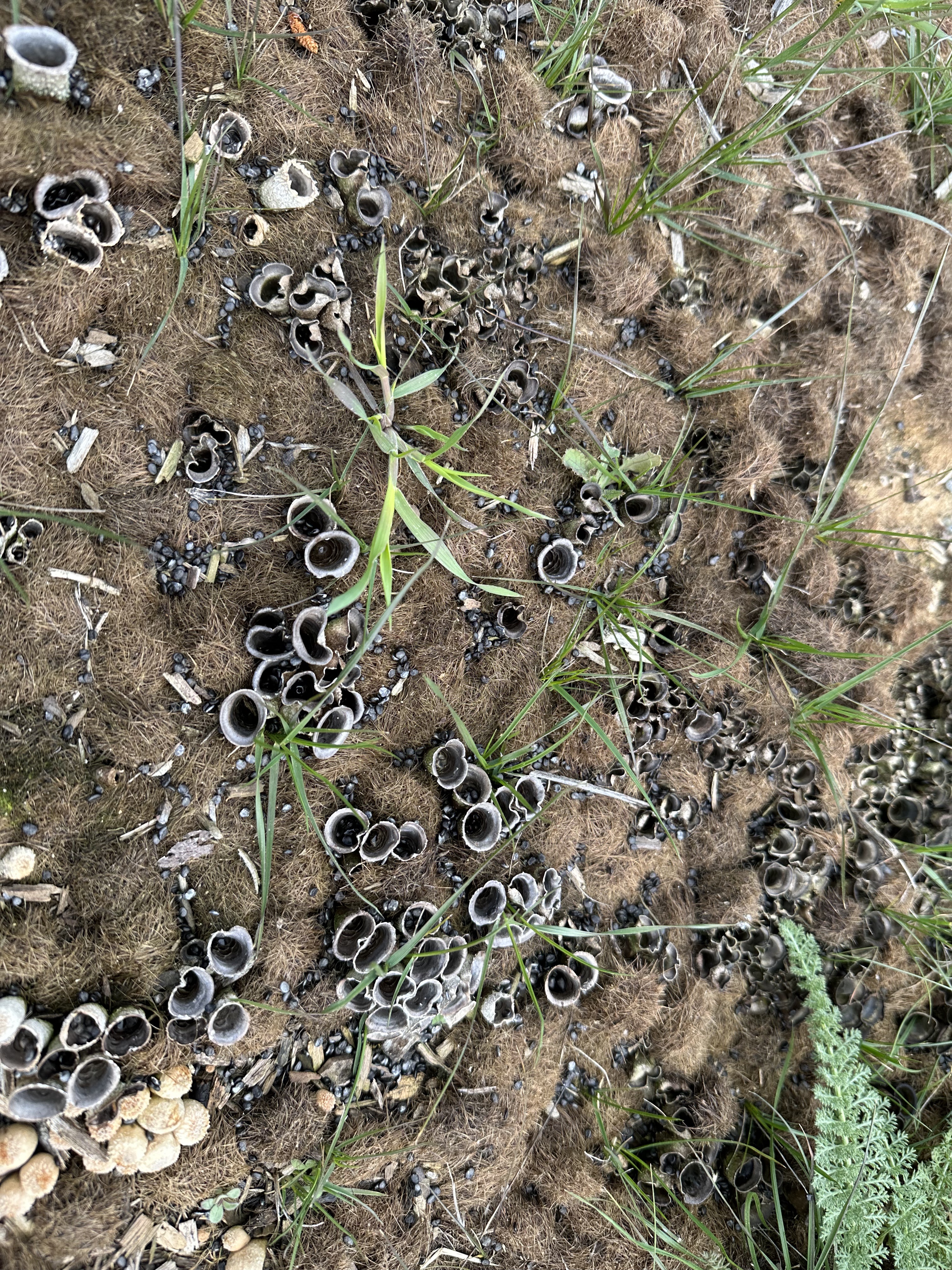
Fruiting mycelium / Birds Nest fungi:

March 2024 Before and After – 2.5 years into the study! Wild Barley native remediating grasses thrive with the hair mulch!
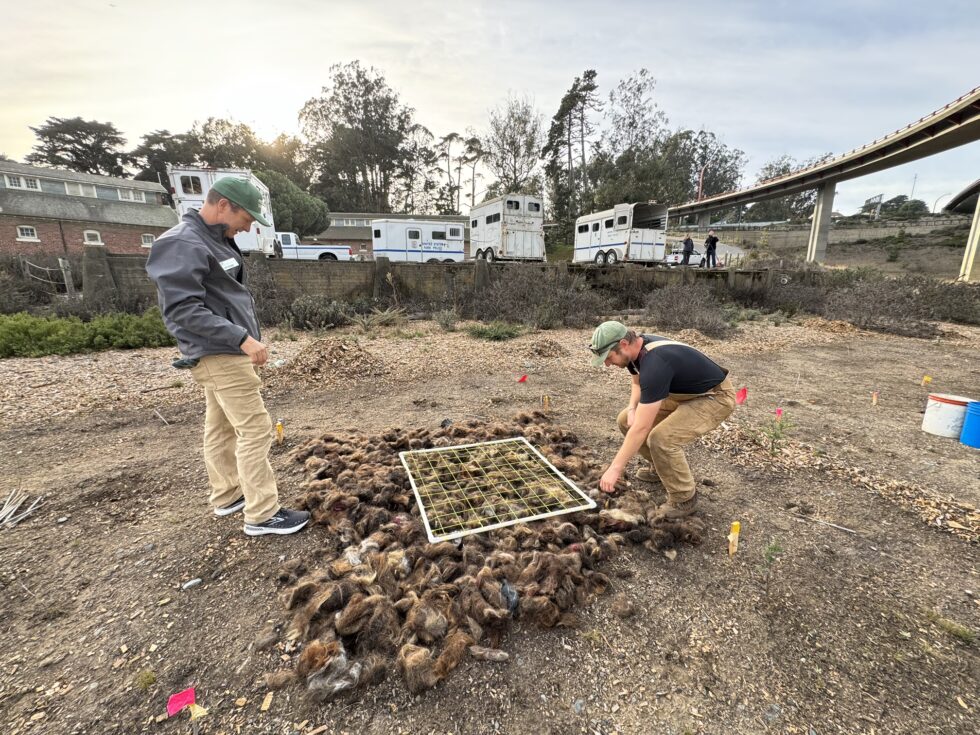
December 15th, 2023:
New test site at the Presidio laying out hair mulch and seeds.
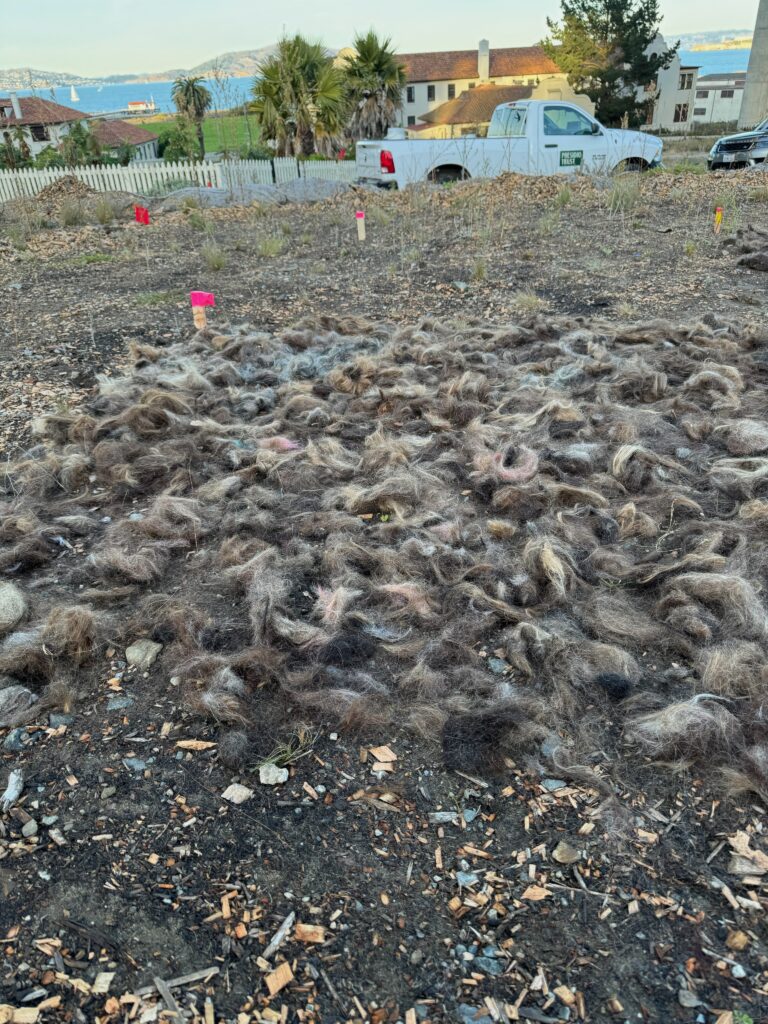
Presidio Trust new research plots comparing hair mulch (5 lbs, 10 lbs, compost, chemical fertilizer, and control plots.
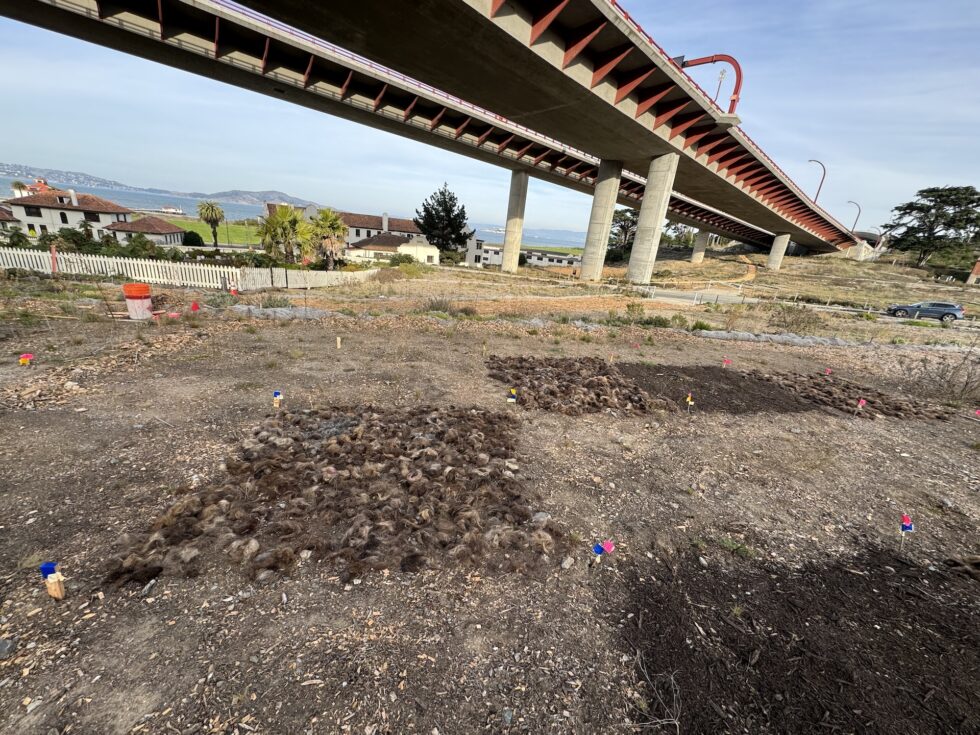
Laying out the new plots – dark patches are not fiber like with the old plots… this is compost. the “blond fluffy” plots are hair in 2 set ups.
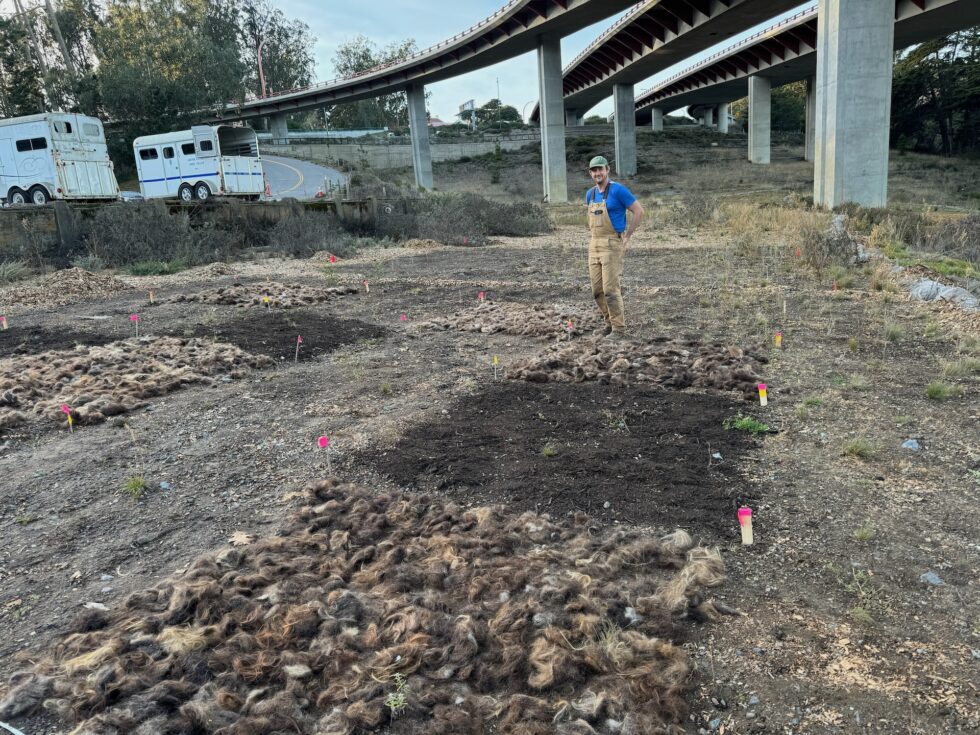
Marking out the 3rd of 3 large research plot sections of multiple NEW PLOTS at the Presidio Trust National Park.
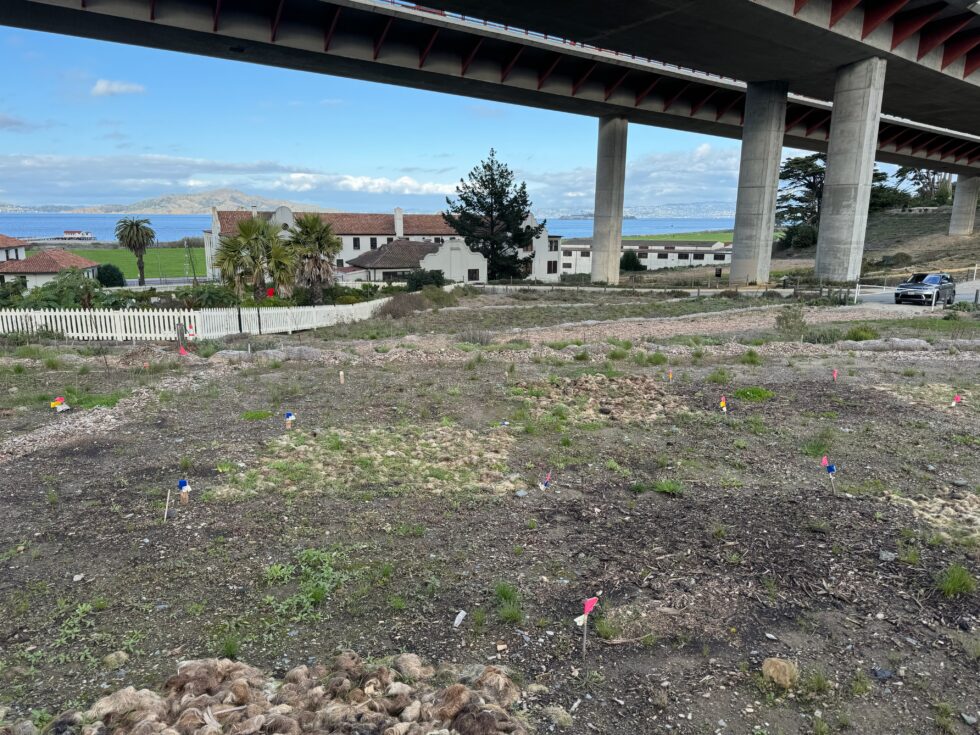
Growth already starting in hair plots after 2 months
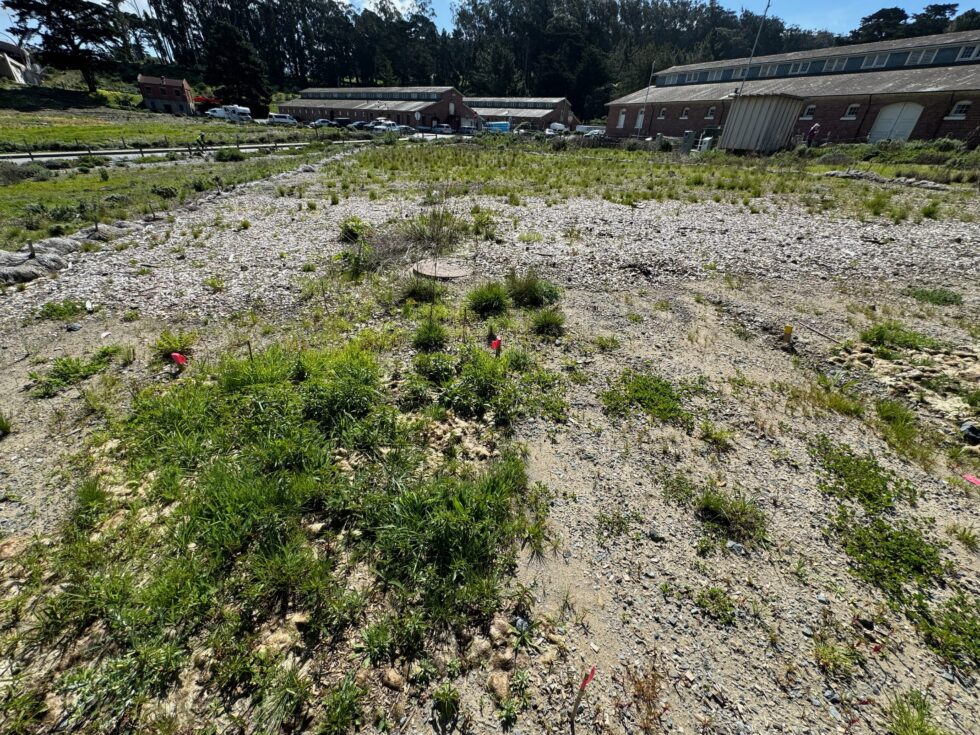
March 21st, 2024 – NEW PLOTS comparing hair, chemical fertilizer and compost… March 2024 side by side plots hair mulch and control plots

With 10lbs of hair mulch we were surprised how much plant growth there was breaking through the heavy fiber mulch!
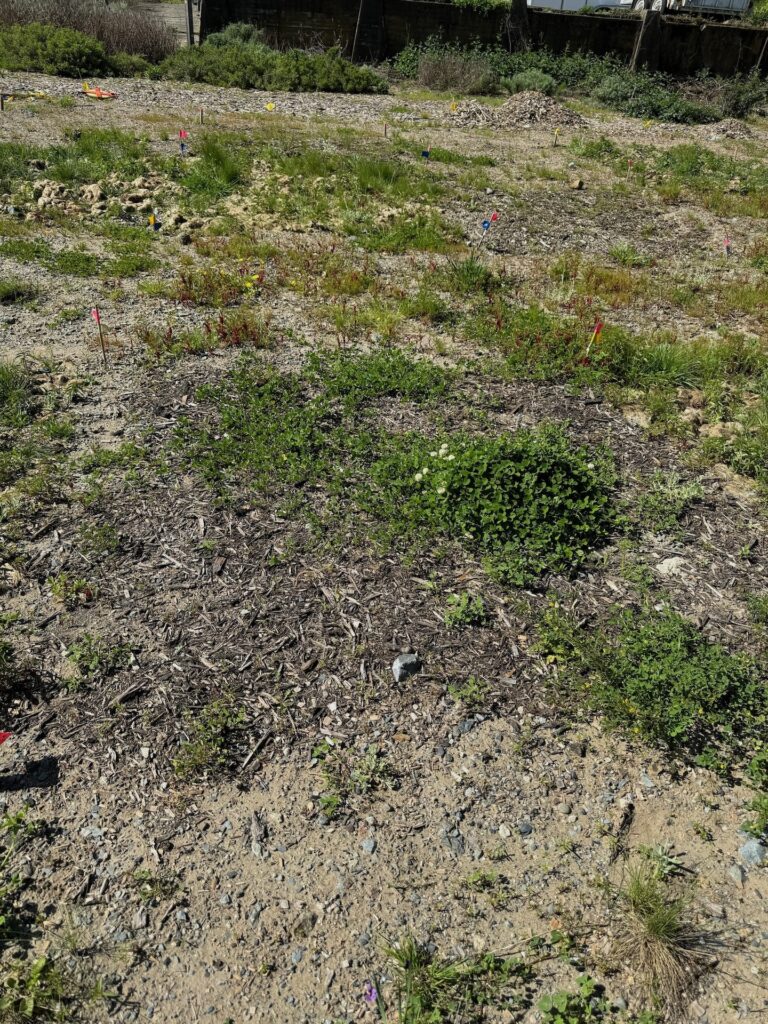
We love compost, still hair seems to be winning out over compost in this experiment early on at least. Compost are the darker black plots in our new study. A lot of blonds in our hair plots for the new study! Not to be confused with the dark hair vs. light straw mulch in the first ressarch project.
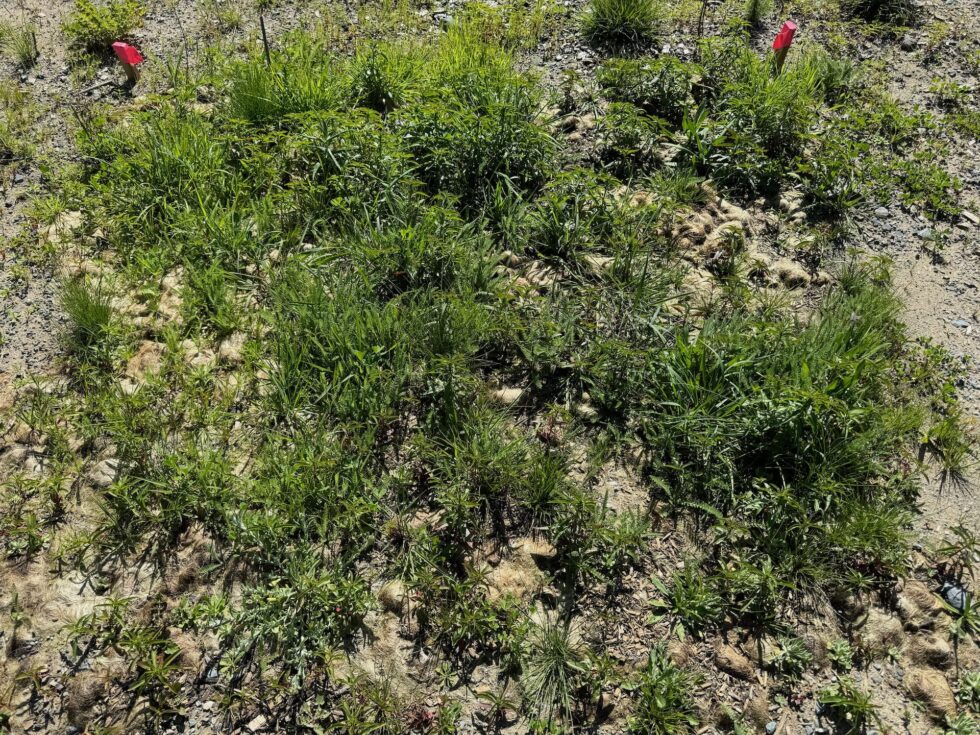
New plots – see how the hair “mossifies” it molds to the soil with the help of fungi – mycelium coats the fibers and microbes in the soil attach quickly to the fiber structure and mold it to the ground. Even huge storms and extremely windy days didn’t budge the hair mulch to our great happiness and surprise!
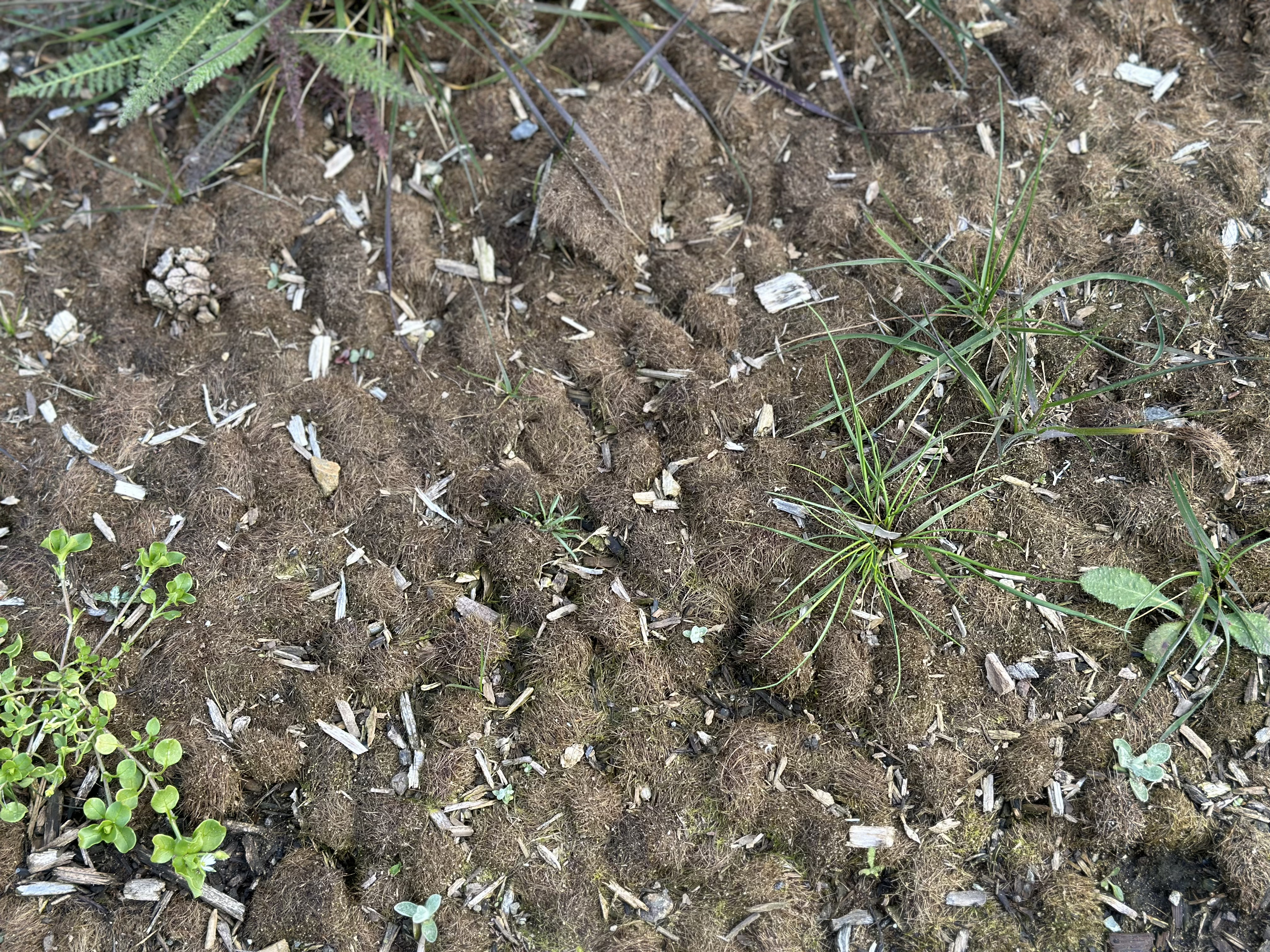
Photos showing mycelium smoothing over / “mossifying” the hair and fruiting – remediating the soil.
March 6, 2023 – Mycelium and hair integrating over time:

Matter of Trust Board Secretary Betty Gaillard and Board Vice Chair & President Lisa Gautier with Lewis Stringer of the Presidio Trust National Park in San Francisco
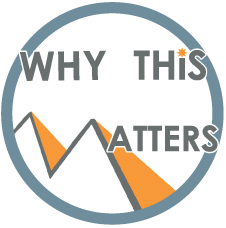
Why this matters?
We are always being asked about what can be done with all the hair that is less than 2 inches long. Even hair from shower drains, sink drains, pet fur clumps. Even wool and alpaca fleece that has too much organic debris mixed with it can go to remediate soils. We only accept donations of human hair “above the neck” 🙂 so we are glad to show that there is an excellent use for all this fiber! Put it in your garden! Soil LOVES it! Hair makes excellent mulch and fertilizer!
What can I do?
Get Involved
We are always evolving and welcome new ideas, partners, contributions and emails. We have a very optimistic view of the future. We are very fond of this lovely planet!
Donate
We strongly believe that,
“When you give, you get back tenfold.”
Now, that’s a great exchange rate!
The Hum Sum
Join the Global Community
 Humanity Adding Solutions. Community Platform.
Humanity Adding Solutions. Community Platform.

